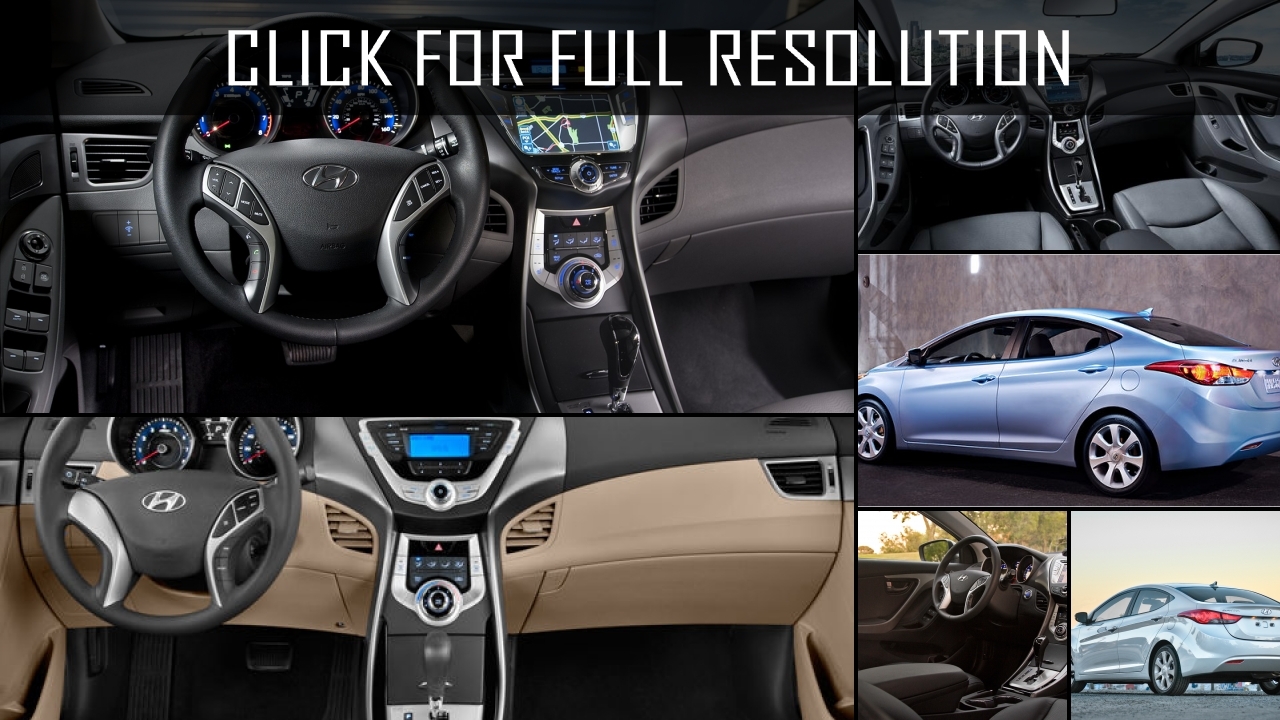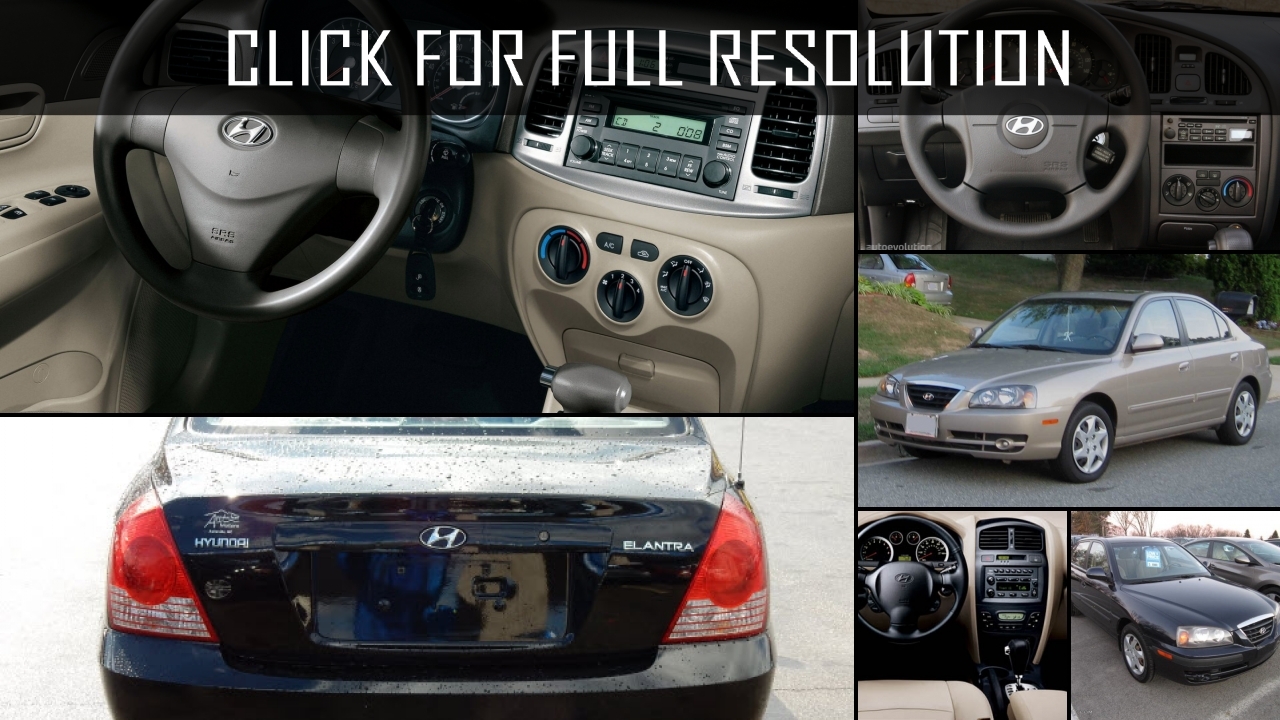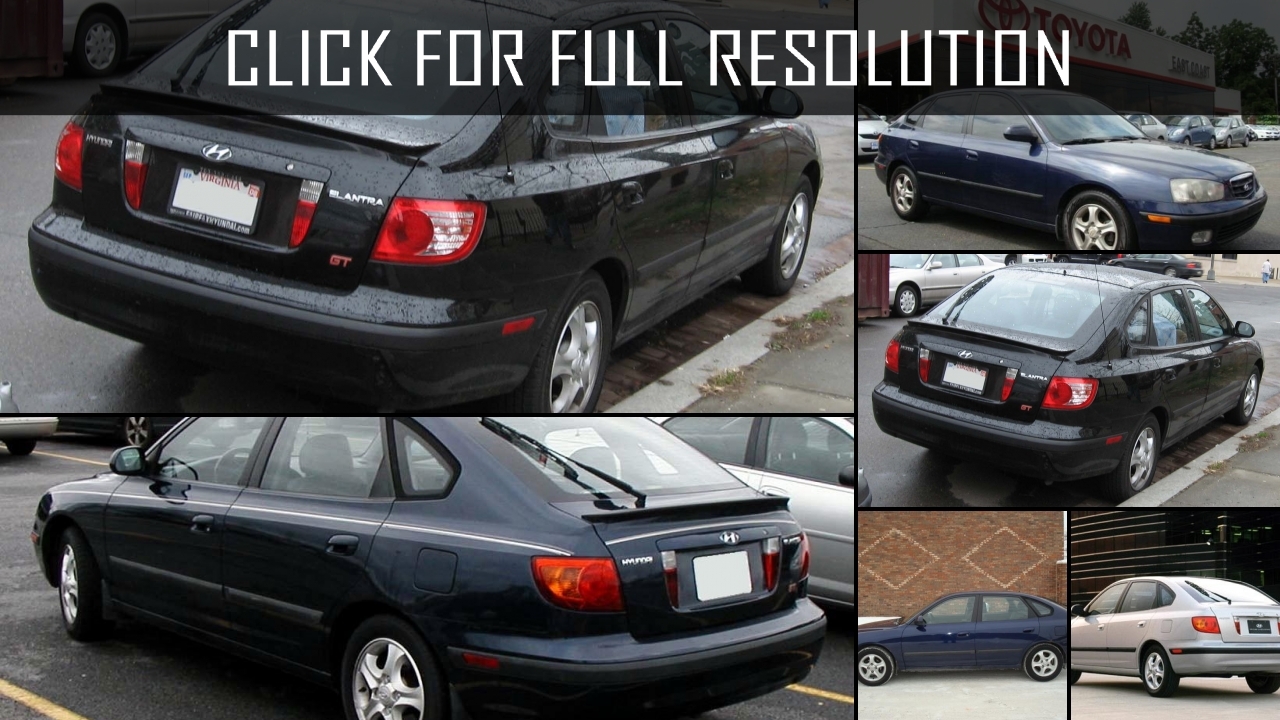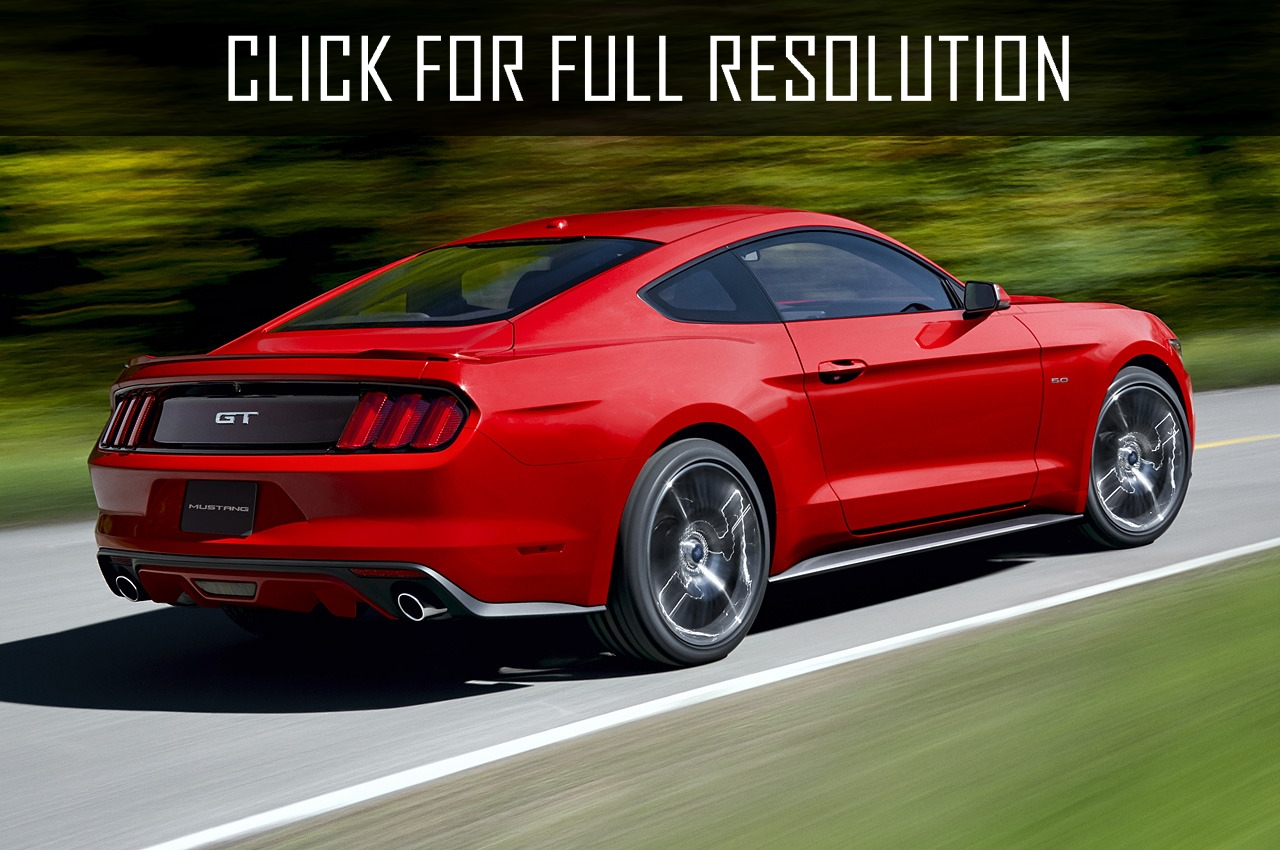Hyundai Elantra
All Years and ModificationsThe name Elantra was created artificially in 1990 and therefore does not have a clear translation. Hyundai for the European, North American and other auto markets was needed to invent new name with easy pronunciation for its new car. Regarding to the reliable information, Elantra was a combination of the words "Elan" (in German and French - "swiftness", "rush", "agility", "inspire") and "Transport". Therefore, "Elan Tra(nsport)" means assertive car. Considering that the designed auto was really frisky for its time, the creators have tried to hide its quality in the name that makes customers believe.
Hyundai Elantra is the first auto that was assebled on its own motor manufactured by Hyundai Motor Company. The initial generation of Hyundai Elantra (J1) was released during the period 1991-1996. The sedan Hyundai Elantra (Lantra in some markets), was created as an alternative among Japanese cars, premiered in the Autumn 1990 and the mass production of Hyundai Elantra was started in 1991 replacing Hyundai Stellar. At that time, the look of Korean was modest and the length was 4375 mm, wheelbase - 2500 mm powered by Mitsubishi gasoline engine volume of 1.5, 1.6 and 1.8 liters capacity of 86, 124 and 113 HP respectively. Gearbox options were 5-speed manual or 4-speed automatic. It is noteworthy that in five years during the production, Hyundai Elantra was redesigned 3 times and the most serious of them was in 1993.
Hyundai has not produced engines before and the first its motor became 1.5-l 8-V Mitsubishi 4G15 SOHC. It was then established licensed production of 16-valve Mitsubishi engine or so-called SIRIUS series - so J1 has got DOHC Hyundai G4CR motor (copy of 1.6-liter Mitsubishi 4G61) as well as Hyundai G4CN (copy of 1.8-liter Mitsubishi 4G67), and later the company produced analogue 4G15 (HYUNDAI G4DJ). The most widespread 1.6 liter engine rated at 113 HP made Hyundai Elantra accelerate to 100 km/h in 9.5 seconds. During these years, Hyundai was first designed fully own engine (so-called ALPHA or G4E), but there are popular belief, that J1 has never got.
The next generation of Hyundai Elantra (J2) was assembled from 1996 and 2000 with an graceful body, which obtained smooth lines debuted in the fall of 1995. The exterior of Hyundai Elantra is not impressive, but brevity looks pretty purebred. The bodywork is made soundly, secure and well protected against double-sided galvanized corrosion. The weak parts could be noted the rear wheel arches. The saloon is a continuation of the exterior. The saloon is in general spacious, comfortable and difficult to find at least one acute angle, like the outline of the body. Ergonomics is good, all controls are at hand and the dashboard as well as the whole interior of Hyundai Elantra was made in a circular manner.
Responsible for passive safety could be protective bars in the doors as well as two airbags. In six months, Hyundai Elantra was produced as a station wagon and was called Lantra Station. If the sedan provides its owner with modest luggage compartment of 390 liters, then Station has provided 360/1260 liters of usable volume. Bumpers on all modifications are painted in body color. Powertrain was inherited from the first generation of Hyundai Elantra. The gearbox was offered in 5-speed manual or 4-speed automatic. Due to the presence of an hydraulic, driving a car is easy and very convenient both on the road and during parking.
Below the list of all 81 modifications of Hyundai Elantra and production years from 1992 to 2018. Discover and enjoy Hyundai Elantra image collections, news, wallpapers, MSRP, ratings on this huge database of cars and bikes - Masbukti. Average rating of all available versions of Hyundai Elantra is 4 out of 5.0.









































































































